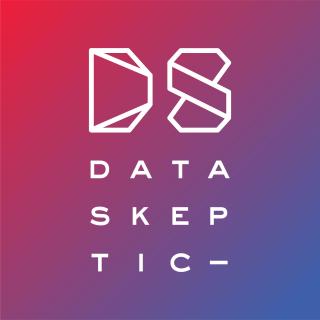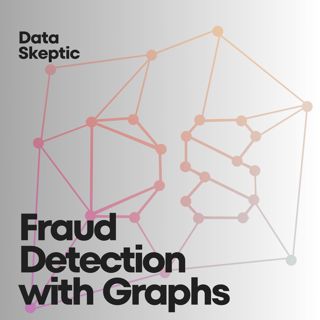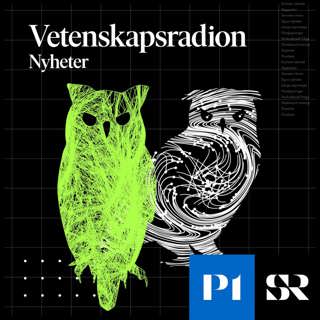
Advertising Attribution with Nathan Janos
A conversation with Convertro's Nathan Janos about methodologies used to help advertisers understand the affect each of their marketing efforts (print, SEM, display, skywriting, etc.) contributes to their overall return.
6 Juni 20141h 16min
![[MINI] type i / type ii errors](https://cdn.podme.com/podcast-images/D15DFA9C95AC73FB32212DF5FCF47AAE_small.jpg)
[MINI] type i / type ii errors
In this first mini-episode of the Data Skeptic Podcast, we define and discuss type i and type ii errors (a.k.a. false positives and false negatives).
30 Maj 201411min

Introduction
The Data Skeptic Podcast features conversations with topics related to data science, statistics, machine learning, artificial intelligence and the like, all from the perspective of applying critical thinking and the scientific method to evaluate the veracity of claims and efficacy of approaches. This first episode is a short discussion about what this podcast is all about.
23 Maj 20143min





















